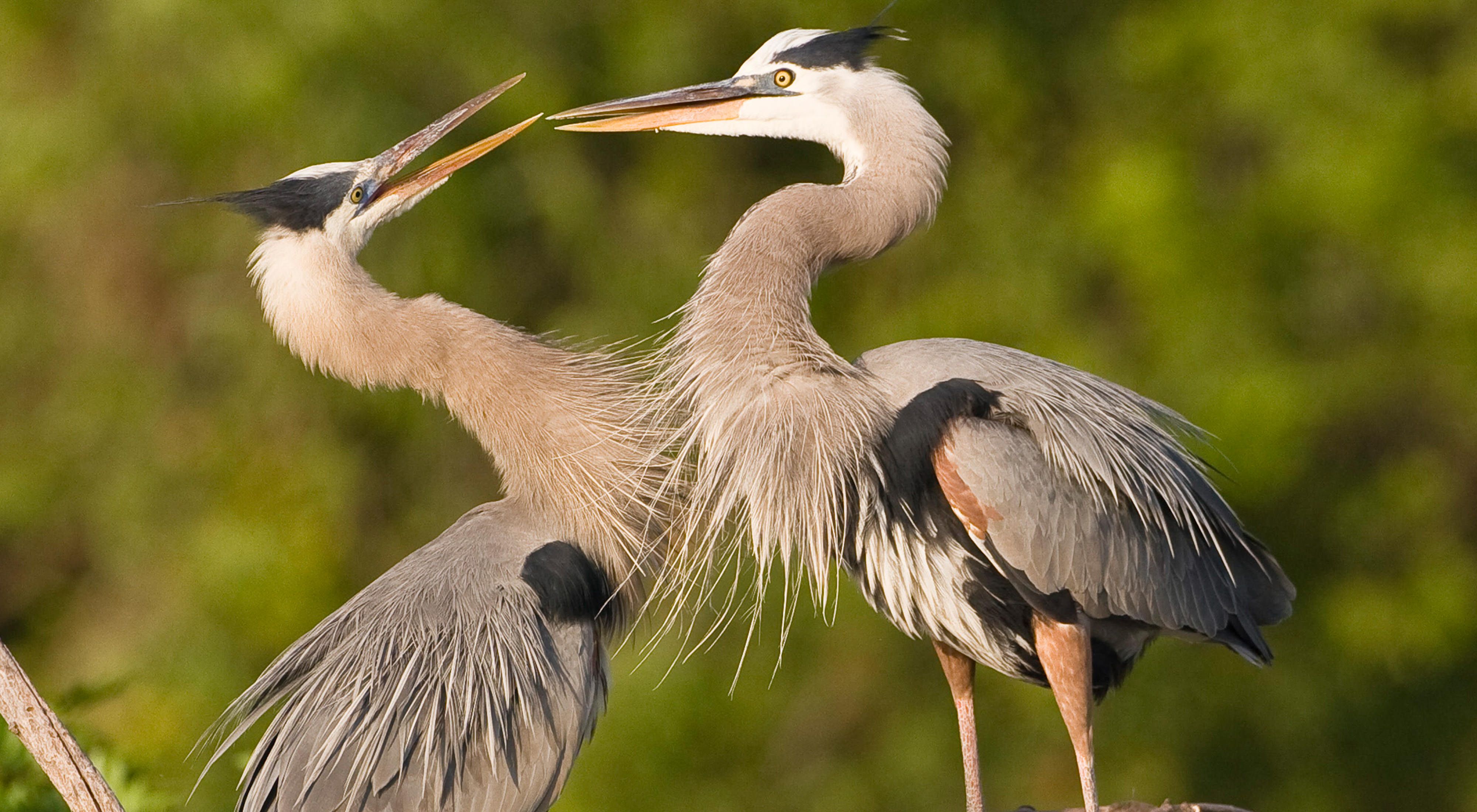Description
Influenced primarily by wind tides as opposed to lunar tides, North Landing Preserve's unusual wetlands system provides a habitat for southern species of plants that are rare in Virginia, including sawgrass, an integral part of the Florida Everglades.
There are a total of 32 rare plants at the preserve, about half of which are at or near their northern limit. North Landing has the highest concentration of rare species east of the Blue Ridge Mountains.
During the summer, the marshes explode with color as herbaceous plants like rose mallow, pickerelweed, and the rare lanceolate milkweed bloom in shades of pink, white, orange, and violet-blue.
As fall advances neotropical migratory songbirds move through the area as they journey south to their winter feeding grounds. Some birds, including ducks, geese and swans, will remain here all winter, feeding on fruits, berries or marsh grasses. The yellow-rumped warbler arrives about the time wax myrtle berries begin to ripen and remains until spring. Least bitterns, great herons and other waterfowl are all present.
TNC and the commonwealth of Virginia together have protected more than 10,000 acres along the North Landing River. Conservancy staff are working with the state and other partners to control invasive species, especially Phragmites.
We made the difficult decision to close access to the preserve via the Milldam Creek Boardwalk. After many years, and with seemingly constant vandalism, the boardwalk was determined to no longer be safe for public use and will remain closed indefinitely.


